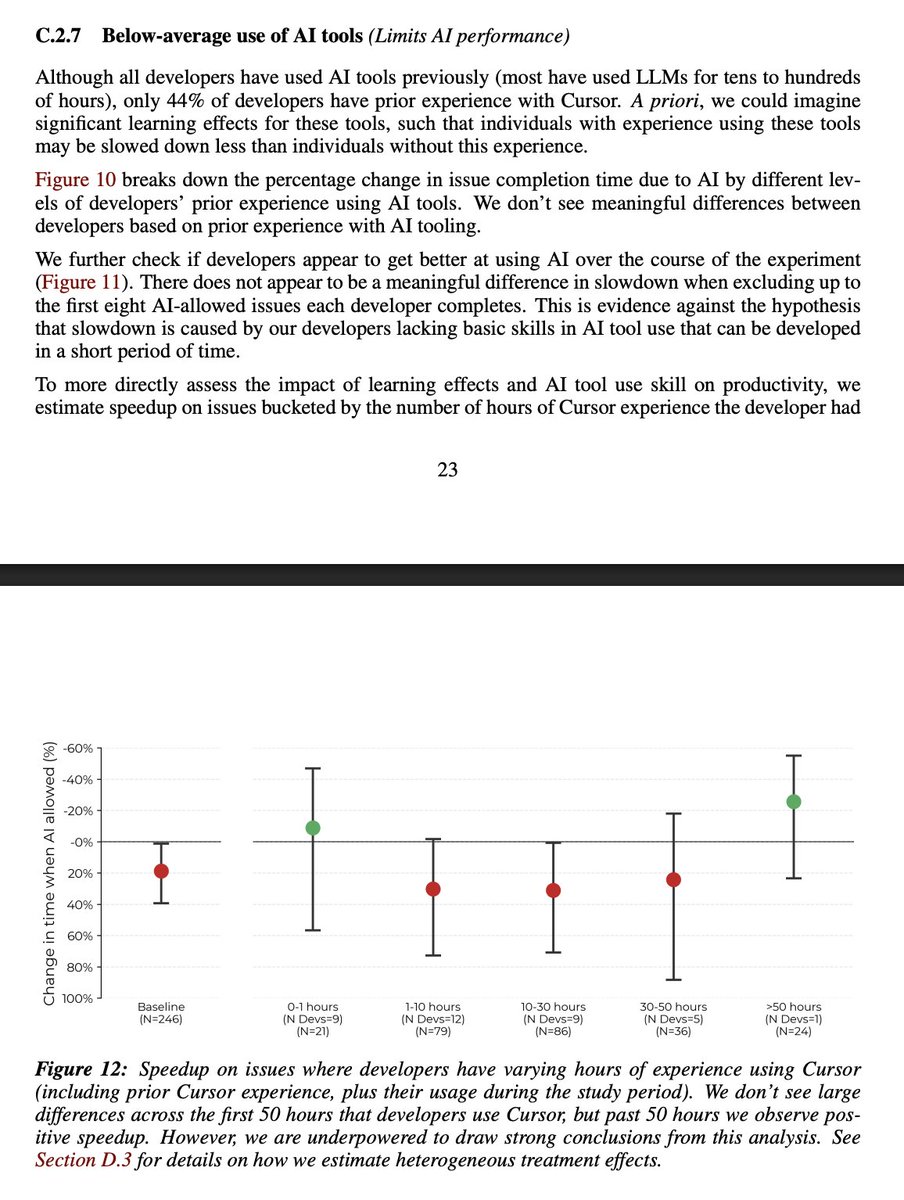Since the cool kids are doing it, my quantum gravity prediction below! Epistemic warning: crackpot physics from someone who isn't a physicist. Epistemic upside: I think I have one maybe actually correct idea buried in it.
Ok, so there's just one quantum field. Likely in C^4 interacting via CP^3 ala Twistors or teleparallel gravity, so we'll go with that. A "particle" excitation in this field is a probability density, basically a (mixed-state) spinor.
There's only one force, sortagravity: spinors want to be in the same state as other spinors they interact with, and also want to stay the way they are. The precision of the distribution is sortamass, since interactions are basically Bayesian. Faster change = lower precision.
This is basically quantum bayesian turned to 11. For some interesting work in this direction those less crackpot than I, I suggest "A free energy principle for generic quantum systems" by Fields, Friston, Glazebrook, and Levin (what an author list!) arxiv.org/abs/2112.15242
(The spoiler for the paper is that unitarity can be seen as a statistical property of free-energy minimizing systems, which Bayesian updaters like these spinors are, so the fact that my update rule isn't unitary is fine!)
It can be seen as a fully connected spin lattice with C^4 nodes interacting in CP^3 as (unit) velocity, w precision as mass. Hops per timestep is sorta-speed-of-light, the "learning rate" of the spinors is the sorta-G, and ħ is the residual stochasticity scale (the noise floor).
("Fully connected???" I hear you cry. Sure, at first. But as you get symmetry breaks, a noise floor emerges along those shared basis directions, effectively pruning edges for distant states, until the spacetime connectivity graph we know and love emerges).
Quantum darwinism ala Zurek is correct, but deeper than realized. Guesses: the first pointer dimension is the color field as an eigenbasis of CP^3, then a CP^1 fibration pointer gives spacetime and electroweak, then a chirality break pointer creates EM. nature.com/articles/nphys…
So there's some kind of universal "background time" that determines the update rate, but time itself is some kind of direction of rotation in CP^3. Fun side effect: anti-matter moving "backwards in time" translates as "off-phase rotation" nicely here.
But the point is, basically all particles are some number of these spinors orbiting by the force of sortagravity each other in one of the shared preferred bases, which may or may not involve motion in the spacetime basis.
Which makes all the forces some flavor of this sortagravity force. Gravity directly. Other forces are much stronger bc small changes to the orbits get amplified into significant increases in updates via the local interactions. Repulsive vs. attractive is in-phase vs. out-phase.
The lower level sortamass (spinor phase momentum) shows up either as angular phase momentum in the color fiber (polarization for photons, W/Z bosons, gluons), angular phase momentum on the spacetime basis (mass), and linear phase momentum (energy).
<--- NOT AN ACTUAL THEORY OF QUANTUM GRAVITY
There are a bunch of unexplained phenomena (generations...eigenmodes of the fibers?) and the whole "fully connected lattice of spinors" thing is computationally insane and I'm sure real physicists will point out even more issues.
There are a bunch of unexplained phenomena (generations...eigenmodes of the fibers?) and the whole "fully connected lattice of spinors" thing is computationally insane and I'm sure real physicists will point out even more issues.
But I'm sharing it anyway bc (a) it was fun to think about and I learned a lot putting it together, and sharing the fun is more fun, and (b) I think extending Zurek's QD insight further is actually a really good idea and I hope I inspire some real physicist to think about it.
The periodic table of elements is kind of obviously emergent from some underlying generative process, even if you don't know what it is.
The quantum zoo and spacetime are similar. They're obviously coming from *something*.
The quantum zoo and spacetime are similar. They're obviously coming from *something*.
There are all these arbitrary choices that have to be made, all these shared preferred bases that don't have any obvious source. All these little numbers and fundamental constants that need explaining, why this much?
"It's just another pointer state" allows for very parsimonious. It gives you global synchrony while allowing imperfections, it says that all the arbitrary constants actually COULD have been otherwise, but that also you will always see stable patterns bc they are more fit.
It explains why you'd have really really long lived particles, but then they'd eventually decay -- because past a certain point, Darwin doesn't care if protons eventually decay, it's not relevant to winning the global pointer state war.
If you combine it with Blowtorch Theory (basically Smolin's evolutionary cosmos theory) you get Darwin-all-the-way. The initial conditions of the lattice evolve via blackhole reproduction, and are the hyperparameters for quantum's evolutionary search. theeggandtherock.com/p/the-blowtorc…
Anyway I was kind of hesitant to share this for a while because like...publishing theories of quantum gravity is how you destroy your intellectual reputation.
But I think ppl are smart enough to tell I'm offering this as serious play, with the delusion that I Solved Physics.
But I think ppl are smart enough to tell I'm offering this as serious play, with the delusion that I Solved Physics.
OK, enough caveats. If you're a physicist or can play one on TV, let me know what you think!
• • •
Missing some Tweet in this thread? You can try to
force a refresh






